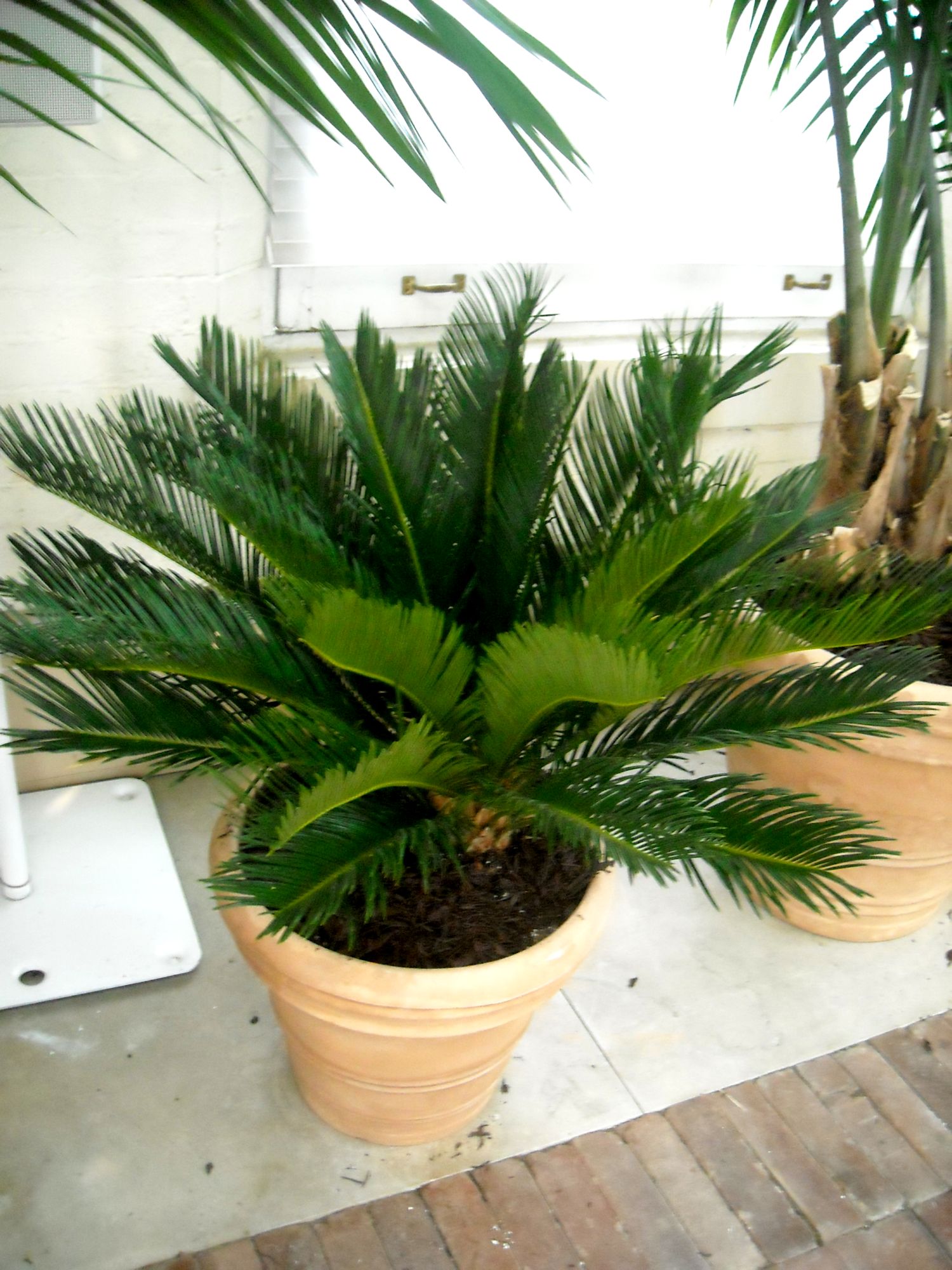Table Of Content

The Potted Palm can grow tall at a slow pace and has feather-like leaves. It is a versatile plant as it can be moved as needed between spaces.The Potted Palm requires constant care and attention by the owner. They need adequate soil, light levels, moisture, fertilizer as well as the correct pot size. The Potted Palm is the most popular plant grown indoors and has an average lifespan of 15 years. Most palms in the U.S. are transplants from other parts of the world, but they've thrived because the environments they're grown in are hospitable.

Types of Indoor Palm Plants Best Palm Varieties
Generally speaking, indoor palms are slow growers though can reach upwards of 10 to 12 feet. Be considerate of the variety you’re looking to grow and also maintain a pruning schedule each year to keep the palm in check. Yucca elephantipes, commonly known as Yucca Palm, Spineless Yucca, or Stick Yucca, is one of the best tree-like houseplants for indoor use.
Pick the Right Potting Soil

Dysis lutescens, commonly known as Areca Palm, is a cane type of palm tree native to Madagascar. It has several other common names, including Bamboo Palm, Golden Cane Palm, Yellow Palm, and Butterfly Palm. For most palms, air layering, cuttings, and division are typically not effective for propagating new trees. Usually, the best way to start a palm tree is from seed, which can be obtained through either a seed catalog or from a flowering tree. Jon VanZile was a writer for The Spruce covering houseplants and indoor gardening for almost a decade. He is a professional writer whose articles on plants and horticulture have appeared in national and regional newspapers and magazines.
Do indoor palms flower?
This version of the coconut palm (Cocos nucifera) is more of a novelty item than anything else—the palm tree sprouts right out of the coconut seed! If transplanted outdoors, you might actually get a tree that bears fruit. Sometimes also called the pineapple palm thanks to the fruit-like trunk, this palm (Phoenix canariensis) is ideal for anyone who wants something low maintenance.
Common Indoor Palm Plant Problems: Brown Tips
12 Best Big-Leaf Plants to Grow Indoors, According to an Expert - House Beautiful
12 Best Big-Leaf Plants to Grow Indoors, According to an Expert.
Posted: Mon, 13 Nov 2023 08:00:00 GMT [source]
It must be six inches deeper and six inches wider than the existing root ball. Some palms can handle temperatures in the high teens for short periods, while others are damaged when temperatures hit 45°F. Know the freezing patterns of your region and make sure to buy a palm that can handle it. Most of the 14 species of palms native to the U.S. are found in the southeastern part of the country. Indoor palms are usually distinguished by key features such as the shape of their leaves, fronds and appearance of their trunks. Stem cankers can be difficult to treat, particularly in a parlor palm, which can't be significantly pruned.
Parlor palms have weak root systems and grow relatively slowly, meaning that repotting must be done with care. Repot the plant into a container no more than two inches larger in diameter than the previous pot. These are considered low-light plants, but that doesn't mean "no-light." Parlor palms will grow best in bright, filtered sunlight. Indoor palm plants can be a great choice of plant for the home. Let’s talk about the various types and pick one just for your home or office. Kentia palm adapts easily to a wide range of soil types but rejects dryness and over-watering.
This desert-dweller, when grown in the sun, has a blue-silver tint to its leaves. When in bloom, they boast white flowers that only add to their appeal. If your soil drains well, use a mulch to retain moisture and keep out weeds. As the mulch breaks down, it will enrich the soil around the palm. Apply a 2- to 4-inch-deep layer, with it thinner near the trunk and thicker over the root zone.
5 palm plants to grow at home - Hindustan Times
5 palm plants to grow at home.
Posted: Mon, 04 Mar 2024 08:00:00 GMT [source]
The Ponytail Palm can grow up to 30′ in the wild, yet in a shallow container, it may take five years to reach 2′. This asparagus relative isn’t a true palm but grows just as well on your desk or shelf. Ponytail Palms are simple to care for and don’t require much upkeep. In fact, they are one of the most low maintenance houseplants you can welcome into your home. The Sunset Palm, unlike the majority of the trees on this list, requires consistently moist soil to thrive.
The sago palm is named palm, although it’s not a true palm (just has similar looks). It will not grow well like many other palms in low light conditions and prefers above-average humidity levels. Growing up to about 2ft tall indoors this species is a slow grower – so plenty of patience is needed for a young plant.
Native to Mexico and Central America, they get their names from their long, bamboo-like canes. They grow together in dense clusters and produce green, feathery fronds. Bamboo Palms are ideal as houseplants because they’re slow growing and tolerate low light and low humidity quite well. They may grow anywhere from 4 to 12 feet tall and 3 to 5 feet wide.
Most palms require high humidity to thrive because they are tropical plants. Average household humidity tends to be too dry for fussy palms. Ways to resolve humidity problems with palms include misting the leaves daily, using a humidifier, or sitting the plant pot on a pebble humidifying tray. A sago palm has a lifespan of about 15 years as an indoor palm.


No comments:
Post a Comment